
Armed with a new pilot's license, but zero climbing experience, Maurice Wilson set out from London in 1933 with the intention of crash landing on the upper slopes of Everest and strolling to the summit. It didn't end well. Ash Routen explores this remarkable tale.
Late on a May afternoon in 1988, British alpinist Stephen Venables stepped onto the crest of the West ridge of Everest and hauled his exhausted body the remaining few feet to the summit. Venables had pushed on alone and without oxygen, having made a team ascent of the vast and imposing Kangshung (East) Face. An incredibly difficult new route had been established - the last hurrah before Everest became overwhelmed by commercial climbing.
Fast forward thirty years, and the Nepali authorities issued nearly 350 climbing permits to foreigners for this year's Everest season. We have had celebrities trying their luck, a hedge fund manager renting out an entire guiding team and a 16 and 79 year old aiming to defy the physiologic limitations of maturation and age. You might therefore be forgiven for thinking that Everest as a proving ground for fleeting ambition and inflation of ego is a phenomenon of recent times. Cast your eyes back through the history books however, and you will find a tale to rival that of today's much-maligned Everest hopefuls.
Ladies and Gentlemen, I call to the stand the peculiar case of Maurice Wilson. Born in Bradford in the final throes of the Victorian era, Wilson like many of his generation was to find himself thrust into manhood under the most awful of circumstances. Enlisting in 1916, he participated in the Battle of Passchendaele and in later service was awarded the Military Cross for holding his post under vicious enemy fire:
He had no experience using an ice axe or crampons, and was determined to overcome altitude and technical difficulties with his newfound faith
Some months later however he was to be injured by machine gun fire and sent home from the front. His left arm became largely immobile and was believed to cause him frequent pain for the rest of his life. Demobilised in 1919, Wilson sought solace through global travel – he ran a women's clothes shop in New Zealand, lived in the United States and drifted through a series of marriages.
Despite his somewhat unsettled lifestyle, upon returning to London via boat in 1932 Wilson had achieved some degree of financial success. More remarkable however is his claim that after suffering from pulmonary tuberculosis, he had been cured by prayer, fasting and mystical intervention from a group of Indian sages on the return journey. It was this formation of faith which was to provide the foundation for one of the most hare-brained expeditions in Everest history.
Audrey Salkeld, an Everest historian suggests "He believed that if he could get divine help he'd be able to prove that he could do something marvellous". The marvellous feat in this case was to succeed where Mallory and Irvine had failed. Not just to stand atop the roof of the world however, oh no! Wilson planned to fly a small plane halfway around the globe to Tibet, crash-land it on the upper slopes of Everest and scamper to the top. The small matter of having no flying or mountaineering experience seemed not to trouble Wilson a bit.
He purchased a second-hand open-cabin Gypsy Moth biplane and aptly named it Ever-Wrest. A few months of flying lessons at the London Aeroplane Club followed, where he gained his pilots licence despite a small crash and being somewhat 'ham-fisted' at the controls. His dabble into mountaineering training was equally unspectacular, with a few weeks of walking in Snowdonia and the Lake District proclaimed to be sufficient. He had no experience using an ice axe or crampons, and was determined to overcome altitude and technical difficulties with his newfound faith.
Tewand and Rinzing begged him to change his mind, as they quite rightly believed this to be one step too far for the maverick Brit
Wilson's astonishingly inadequate preparation was not to be the only barrier to his swashbuckling plan however. Not surprisingly the British government and the mountaineering establishment were none too pleased. Previous expeditions had been closely tied with the Alpine Club and Royal Geographical Society. Wilson, on the other hand, was a lone maverick. To further complicate matters his flying route was to take in Persia, and finish in Nepal and Tibet. The British Indian government and the Air Ministry would offer no support and so he was unable to acquire the necessary flying permits.
Forging ahead regardless, Wilson took flight from London on the 21st of May 1933. His aircraft had a fuel range of a little over 600 miles, and so his route meandered wildly. One week after leaving he reached Cairo, and a few days later Baghdad. Wilson had survived an aborted attempt to cross the Alps, and a first flight through total cloud cover across the Mediterranean. In Cairo he learned that he had no permission to fly over Persia and was told to refuel and fly home by order of the British consulate. Game over?
Now we know a little more about the man however, I think we can guess what might happen next. He pressed on of course! Faking his intention to fly to Iraq, Wilson turned due East and headed for India. Careering over the deserts of the Middle East, Wilson pushed the Ever-Wrest to its limits. Arriving at the airfield at Gwadar, Western India, his fuel gauge was supposed to have read empty. Notwithstanding his almost non-existent flying experience, getting to India in one piece must constitute a feat of aviation that would challenge any pilot of the modern era.
To great dismay Wilson was stopped in his tracks further into India, and his plane impounded. He then decided to sell the Ever-Wrest and make way to Darjeeling, where disguised as a Buddhist monk he planned to walk across the border into Tibet alongside three newly befriended Sherpa companions. As with his flying endeavour he somehow pulled it off, reaching Rongbuk Monastery below Everest on the 14th April 1934.
On April the 16th he set out with renewed energy to tackle the Rongbuk glacier. Remember of course that he had no experience on terrain of this kind. Details are limited but he appears to have struggled with navigation and poor weather, and had to turn back at 6,500 metres (near Camp 3 of previous expeditions). Despite having access to a variety of equipment from Hugh Ruttledge's earlier 1933 expedition, and having garnered some knowledge from locals, he passed over the opportunity of a pair of crampons left behind by the 1933 party at an abandoned camp.
This first failed attempt took nine days, and by all accounts somewhat knocked the stuffing out of Wilson. Eighteen days of recuperation later and round two with Everest was calling. A little wiser this time he took Sherpas Tewand and Rinzing along for the ride, and in three days they had made Camp 3 below the North Col. Somewhat bizarrely assuming steps cut in the ice would remain from the previous year, Wilson had hoped for a little help to reach the North Col. In his diary entry he said:
"Not taking short cut to Camp V as at first intended as should have to cut my own road up the ice and that's no good when there is already a hand rope and steps (if still there) to Camp IV."
Forging ahead alone and on the hope of finding rope and pre-cut steps, Wilson was met with terrain he could not overcome with blind faith. On return to Camp 3, Tewand and Rinzing begged him to change his mind, as they quite rightly believed this to be one step too far for the maverick Brit. Stubborn to the end, Wilson of course wholly ignored the Sherpas' concern and struck off alone on the 29th May 1934 – never to be seen alive again.
Wilson's last diary entry on the 31st of May read "Off again, gorgeous day". Old Qomolangma – Holy Mother – was not so kind to our protagonist this time. His obvious optimism was hopelessly misplaced.
The following year Eric Shipton was on the mountain leading a reconnaissance expedition for his own summit bid, and happened upon our curious character Maurice Wilson lying on his side at the foot of the North Col. Thanks to the unearthing of his diary, later gifted to the Alpine Club, Wilson's tale has been much debated in the intervening years. Whether he is to be condemned as a fool, mad, or simply a daydreamer, I prefer not to dwell on the elements of his character. This bizarre and remarkable tale is perhaps best summed up by T.S.Blakeney in the Alpine Club Journal, 1965:
"He seems to have had no real interest in mountains or mountaineering; climbing Everest was just a job to be done, to establish to the world an article of his faith. There is no apparent reason why he should not have selected any other hard physical test, such as swimming the Channel. A stunt is only justified by success, and Wilson's attempt on Everest remains a stunt."
Now some eighty years on from Everest's most peculiar visitor, her slopes are besieged by novice climbers hoping to establish to the world their own article of faith. Whilst he was misguided, it is a great shame that the adventurous spirit and will to go it alone embodied by Maurice Wilson is not taken by many climbers of today and applied, at least at first, to lesser mountains. There is only one Everest, and sadly the limits of human endeavour are rarely pushed there anymore.
References
https://en.wikipedia.org/wiki/Maurice_Wilson
http://www.bbc.co.uk/insideout/yorkslincs/series3/everest_mountaineering_climb_maurice_wilson.shtml
https://quadrant.org.au/opinion/qed/2016/06/maurice-wilson-everests-everlasting-amateur
https://explorersweb.com/2018/04/22/top-7-expeditions-in-the-spring-2018-himalaya-season
http://www.alanarnette.com/blog/2018/04/18/everest-2018-a-big-year-again
- ARTICLE: "Death, Carnage, Chaos": Analysing the 2019 Himalayan Climbing Season 3 Jun, 2019
- INTERVIEW: Reinhold Messner - Standing on the Shoulders of Giants 1 Oct, 2018
- REVIEW: Alan Hinkes - 1st Brit to Climb the World's Highest Mts 22 Dec, 2017
- My Final Mountain 18 Dec, 2017
- What Are the Health Benefits of Walking? 19 Jun, 2017
- One Minute Mountain: Pen y Fan 12 Jun, 2017

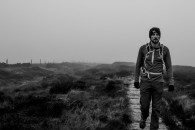

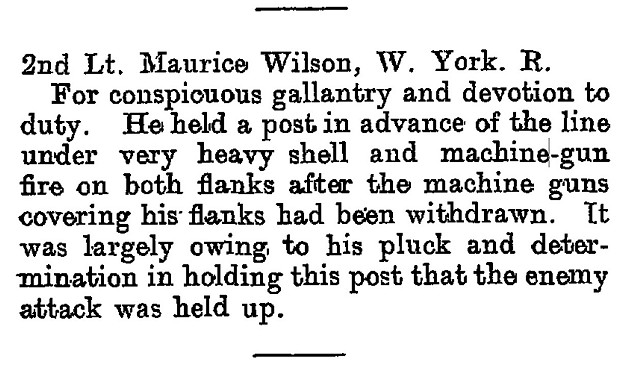


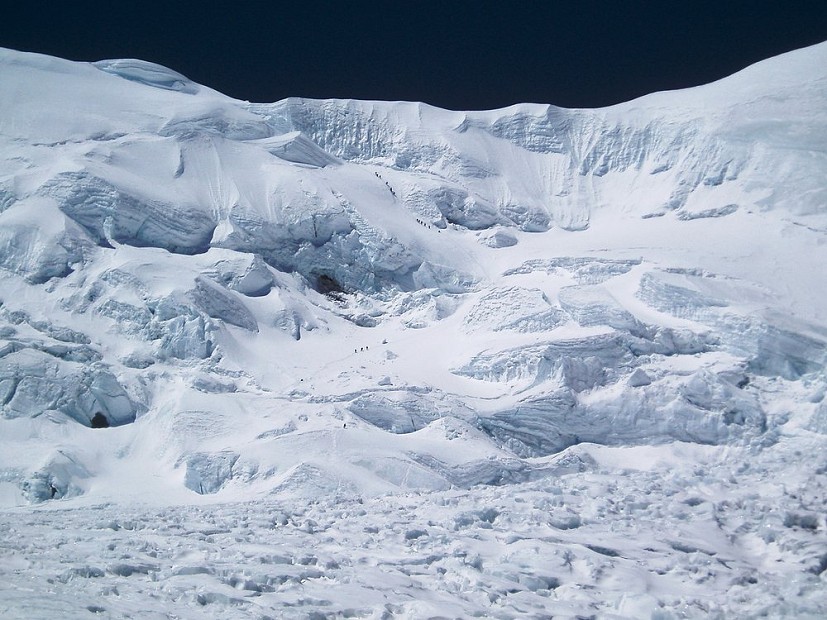



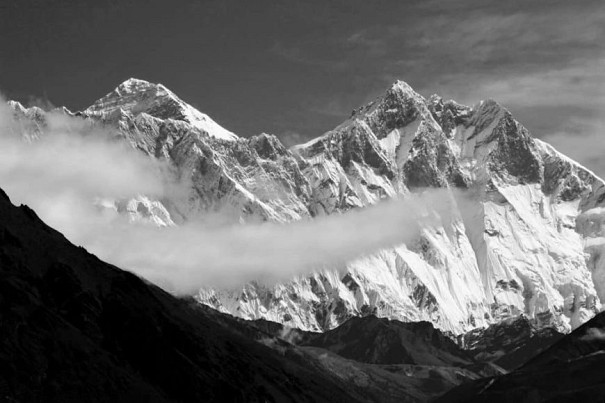


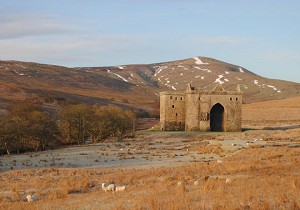
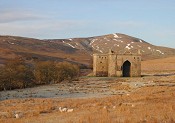
Comments
Ed Cessar - Author of the acclaimed 'Two Hours' and writer for The Sunday Times Magazine, British GQ, The Independent, New York Times etc is writing a biography on Maurice Wilson - due out later this year / early next. As I understand it his research shines a new light on Wilson.
Thanks Henry. Sound's like a really interesting book. There's definitely more to say on the speculation around the female clothes found by the Chinese in 1960. I'll look forward to that and taking a look at 'Two Hours'.
Geoff Powter has touched upon Wilson in his book - Strange and Dangerous Dreams: The Fine Line Between Adventure and Madness. https://www.amazon.co.uk/Strange-Dangerous-Dreams-Between-Adventure/dp/0898869870
What a surreal and fantastic story, you couldn't make it up! Will definitely keep an eye out for Ed Cessar's book.
In the mid-80s, maybe 1986(?) a Spanish team found Wilson's remains, again, and buried them in a new location. It's mentioned briefly in some notes in the Himalayan Database.
What a fascinating article.
British eccentricity at its finest and most absurd :-)